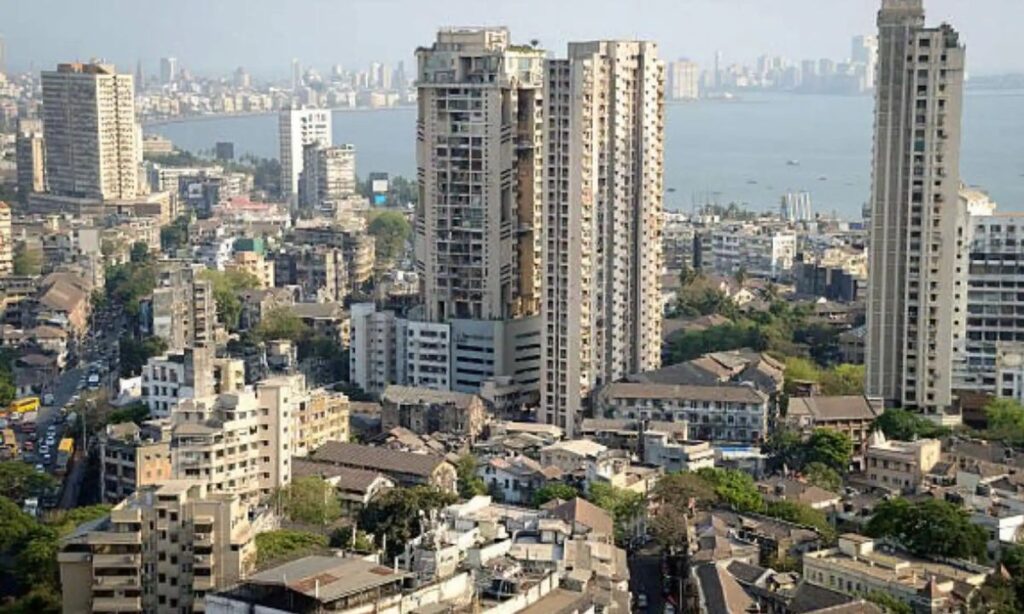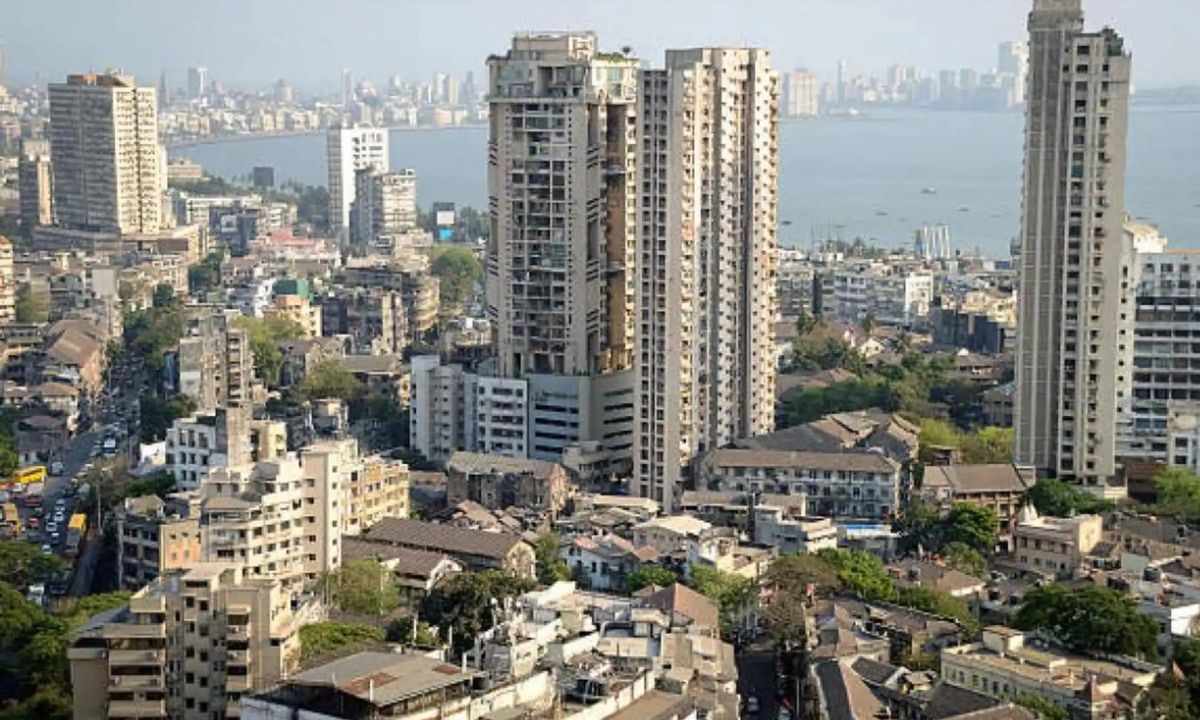Homeownership has long been a symbol of financial success and stability in India. Yet, recent data paints a stark picture — even those in the top 5% of income earners are struggling to afford homes in India’s biggest cities. According to data from the National Housing Board (NHB), it would take a staggering 109 years of savings for a top earner in Mumbai to buy an average home. Gurugram isn’t much better at 64 years, with Delhi at 35 and Bengaluru at 36.
This sobering reality highlights a growing crisis in housing affordability, challenging the very foundation of India’s middle-class dream. But is homeownership in metros truly out of reach, or are there evolving strategies that can help professionals still achieve it?

The Harsh Math Behind Homeownership
Let’s break down how this timeline is calculated. In Maharashtra, the top 5% urban households have a monthly per capita consumption expenditure (MPCE) of ₹22,352. For a family of four, this totals ₹89,408 per month or roughly ₹10.7 lakh per year. Assuming a gross savings rate of 30.2%, they could save around ₹3.2 lakh annually.
- Average property price per sq. ft. in Mumbai: ₹30,000
- Standard home size: 1,184 sq. ft.
- Total home cost: ₹3.54 crore
- Years required to save that amount: 109 years
This illustrates just how wide the gap is between income and real estate prices in cities like Mumbai.
“The mathematical calculation behind this claim is both accurate and alarming,” says Abhishek Kumar, SEBI-registered RIA and founder of SahajMoney.
Affordability Ratios Paint a Grim Picture
Beyond just home prices, another key metric — the EMI-to-income ratio — shows how much of a household’s income goes toward paying EMIs.
- Mumbai: 48% EMI-to-income ratio
- Bengaluru: 35%
- Delhi: 35%
- Gurugram: 64 years to own a house, assuming top income and savings
- Ahmedabad: Most affordable, at 18% EMI-to-income ratio
Kumar points out that the supply of affordable housing (homes under ₹1 crore) has dropped sharply, especially in major metros. This is compounding the crisis.
So, Is Homeownership Impossible?
Not exactly — but it’s harder than ever. According to Charu Pahuja, Group Director & COO of Wise Finserv:
“When even the top 5% of earners in Maharashtra need 109 years of savings to buy a modest home in Mumbai, it says a lot about how skewed the housing equation has become.”
To afford a home today, buyers often need to:
- Take on long-term loans (20–30 years)
- Pool incomes with spouse or family members
- Compromise on size or location
- Move to the city outskirts or Tier 2 cities
- Postpone other financial goals
A Smarter Way: Own Where You Can, Rent Where You Must
A growing number of professionals are taking a hybrid approach — buying property in Tier 2 cities as long-term investments, while renting closer to work in expensive metros.
Benefits of this strategy:
- Affordable property investment in Tier 2 locations
- Rental income from owned home
- Shorter commutes and urban convenience from rented home
- Flexibility in lifestyle and financial planning
“Now, buying a home often requires compromise, creativity, and a shift in mindset,” says Pahuja. “It’s still possible, but it’s no longer simple.”
Quick Summary Table
| City | Avg. Home Price (₹) | Years to Own (Top 5% Income) | EMI-to-Income Ratio |
|---|---|---|---|
| Mumbai | 3.54 Cr (1184 sq. ft.) | 109 Years | 48% |
| Gurugram | ~2 Cr+ | 64 Years | ~40–50% (est.) |
| Delhi | ~1.5–2 Cr | 35 Years | 35% |
| Bengaluru | ~1.5 Cr | 36 Years | 35% |
| Ahmedabad | ~1 Cr | <25 Years | 18% |
FAQs
1. Why does it take over 100 years to afford a home in Mumbai?
Because the average home cost (₹3.54 crore) is vastly disproportionate to the annual savings capacity (₹3.2 lakh) of even the top 5% earners.
2. What is EMI-to-income ratio and why is it important?
It indicates what portion of your income goes toward your home loan EMI. A high ratio (e.g., Mumbai’s 48%) shows lower affordability.
3. Can banks still approve home loans in such situations?
Banks lend based on your income’s ability to support the EMI, generally keeping the EMI under 30–40% of your net income.
4. What’s the alternative if I can’t buy a home in a metro city?
Consider investing in property in Tier 2 cities for value and appreciation, while continuing to rent in metros for convenience.
5. Is it better to rent or buy in today’s market?
Depends on your financial stability. For many, renting in the city while owning elsewhere is a smart financial and lifestyle compromise.
